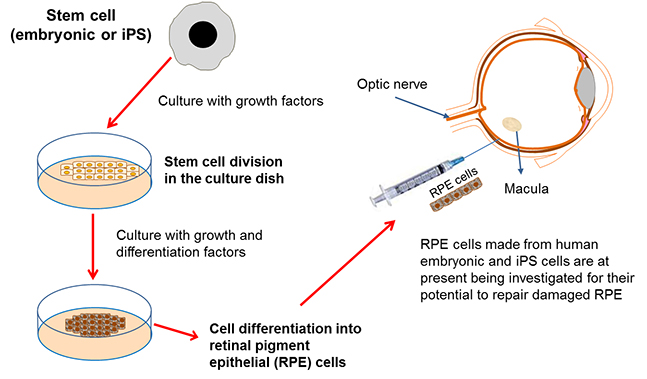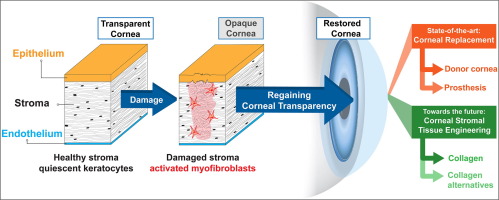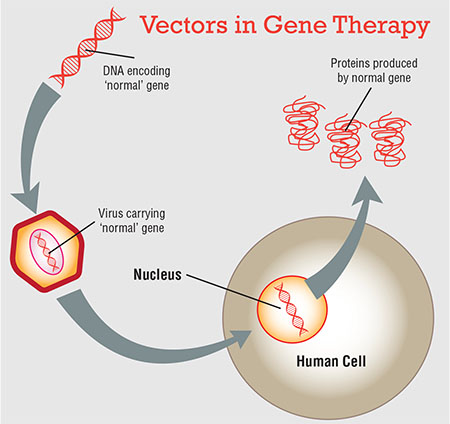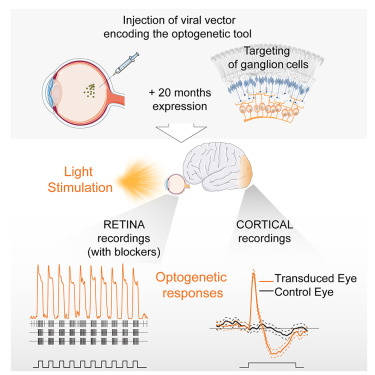Regenerative medicine has emerged as a groundbreaking field in the medical world, offering hope and potential solutions to a wide range of conditions. Within this realm, ophthalmology is witnessing remarkable advancements that have the potential to revolutionize the way we treat eye diseases and vision impairments. In this blog post, we will explore the exciting developments in regenerative medicine in ophthalmology and how they are changing the landscape of eye care.
Stem Cells: The Building Blocks of Vision
Stem cells are at the forefront of regenerative medicine in ophthalmology. These versatile cells have the unique ability to differentiate into various cell types, making them invaluable for repairing damaged tissues in the eye. One promising avenue is the use of retinal stem cells to treat conditions like age-related macular degeneration (AMD) and retinitis pigmentosa. These stem cells can potentially replace damaged retinal cells, restoring lost vision and preventing further deterioration.

Corneal Regeneration
The cornea is the transparent front surface of the eye, and any damage to it can severely affect vision. Regenerative medicine is offering innovative solutions for corneal disorders. Researchers have successfully developed techniques to cultivate corneal epithelial limbal stem cells and transplant them onto damaged corneas. This approach has the potential to replace the need for traditional corneal transplants, reducing rejection rates and improving outcomes.

Gene Therapy for Inherited Eye Diseases
Inherited eye diseases, such as Leber congenital amaurosis and retinitis pigmentosa, are caused by genetic mutations that lead to vision loss. Gene therapy is a promising avenue in regenerative medicine that aims to correct these genetic defects. By introducing functional genes into the eye, researchers hope to halt or even reverse the progression of these debilitating conditions. Several clinical trials have shown promising results, giving hope to those affected by these rare diseases.

Artificial Retinas and Optogenetics
Artificial retinas, like from LambdaVision (supported by the NIH) are another exciting development in ophthalmology. These artificial retinas are designed to replace damaged or non-functional retinas by sending electrical signals directly to the brain, allowing individuals to perceive light and shapes. Optogenetics, a cutting-edge technique, involves genetically modifying retinal cells to make them responsive to light, effectively restoring vision in cases where photoreceptor cells have degenerated.

Tissue Engineering for Eye Repair
Tissue engineering holds great potential for repairing and regenerating eye tissues. Scientists are working on developing bioengineered corneas, retinas, and even entire eyes in the lab. These lab-grown tissues can be used for transplantation, reducing the demand for donor organs and minimizing the risk of rejection. While these techniques are still in the experimental stage, they offer hope for future treatments that are both effective and sustainable.

Challenges and Ethical Considerations
While the progress in regenerative medicine in ophthalmology is remarkable, it’s important to acknowledge the challenges and ethical considerations associated with these advancements. Safety, efficacy, and long-term effects of these treatments require rigorous study and validation. Moreover, accessibility and affordability must be addressed to ensure that these groundbreaking therapies reach those who need them most.






